Japanese Culture

The depth of Japanese culture can be appreciated even by those who do not speak Japanese. Foreign visitors to Japan have opportunities to engage with traditional arts such as flower arranging, kimono wearing, and participating in tea ceremonies. This way, they will learn something new and experience the multidimensional culture of the country.
Tea Ceremonies

The Japanese tea ceremony (also known as chanoyu or chado) is a tribute to the national love for rituals and a sense of detail. The tradition emerged at the same time as Matcha appeared on the islands. Matcha's introduction and the development of the tea ceremony are deeply intertwined with cultural exchanges with China and the evolving Japanese aesthetic and spiritual practices. Tea etiquette is deeply influenced by Zen Buddhism. It takes years to master the ritual. All major cities in Japan offer tea ceremony courses for beginners.
Geishas
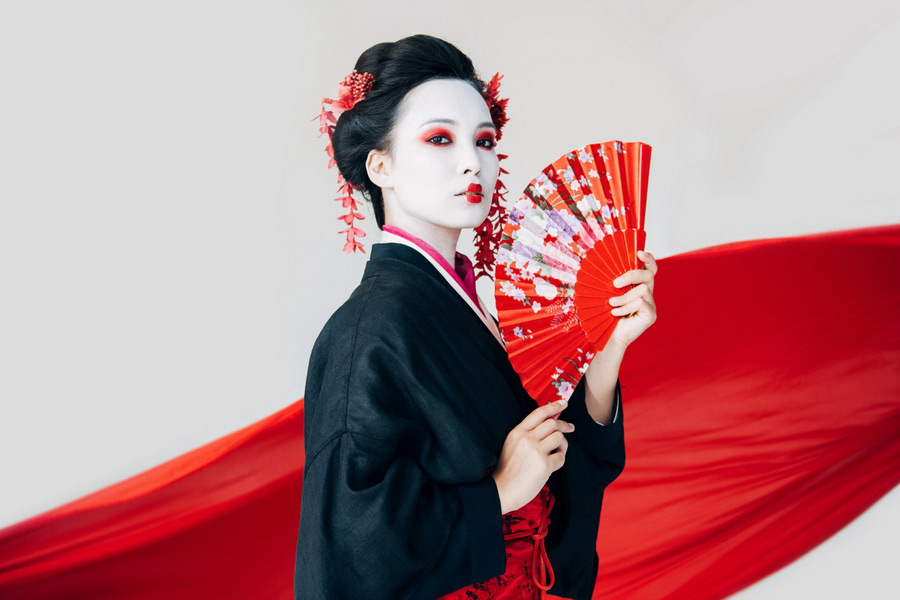
One of the vivid symbols of Japanese culture is Geishas. The image of a woman in a white greasepaint and kimono has been part of the country since at least the 18th century. Today, geisha can be spotted only in certain districts of Japan. Many live and study in geisha houses, known as okiya, in Kyoto, and they are mostly found in specific districts such as Kyoto’s Gion area. It is possible to arrange private meetings or attend a tea ceremony with a geisha by making arrangements in advance.
The role and visibility of geishas have evolved, and while they are iconic, their number is dwindling, and their lifestyle is often misunderstood.
Traditional Martial Art

Sumo, an ancient Japanese wrestling form, dates back to rituals from as early as the third century. Initially a Shinto ritual, it transformed into a competition where sumo wrestlers try to push each other off the circular platform called dohyo. Every year, different cities in Japan hold six honbasho–sumo tournaments.
Another traditional martial art, kyudo, (“the art of archery”) derived from the samurai class of feudal Japan. Kyodo could be a fun experience for those who wish to learn about Japanese archery and practice the shots.
Floral Arrangements
Ikebana, the art of floral arrangement, has been practiced for almost 1,500 years and takes root in Shinto beliefs. It stands out from other floral arrangement techniques with its simplicity and minimalism. The ikenobo schools are available in every big city in Japan.
Japanese Traditional Music
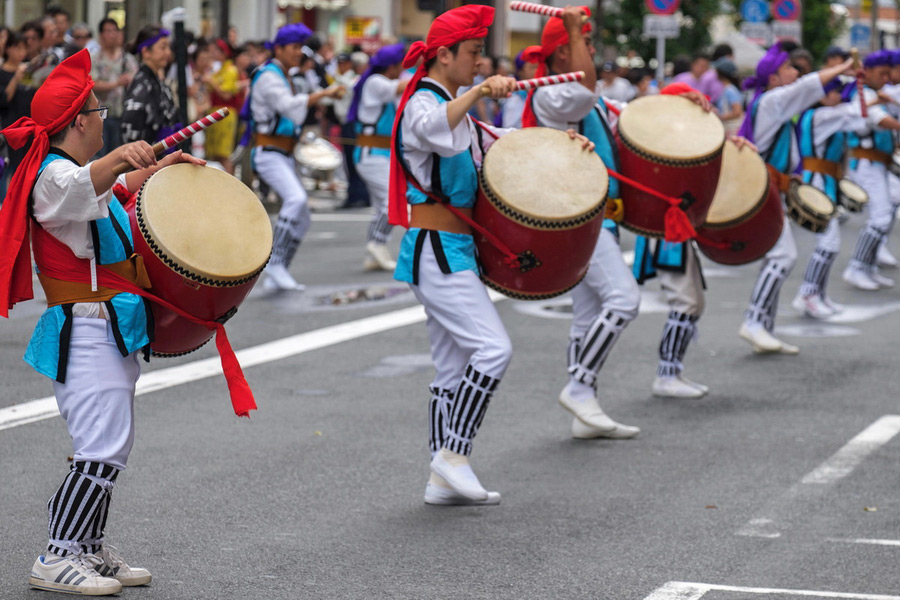
Traditional music in Japan is accompanied by traditional instruments. Taiko is an ancient Japanese drum that used to be played at official ceremonies and military parades. Today, the Japanese typically beat taiko at festivals and concerts. Special events with taiko drums being the main instruments are increasingly common. Tourists can witness such performances during holidays in different parts of the country. Besides, Japan has many taiko drumming workshops for anyone who wants to get a feel of traditional rhymes.
Traditional Clothing
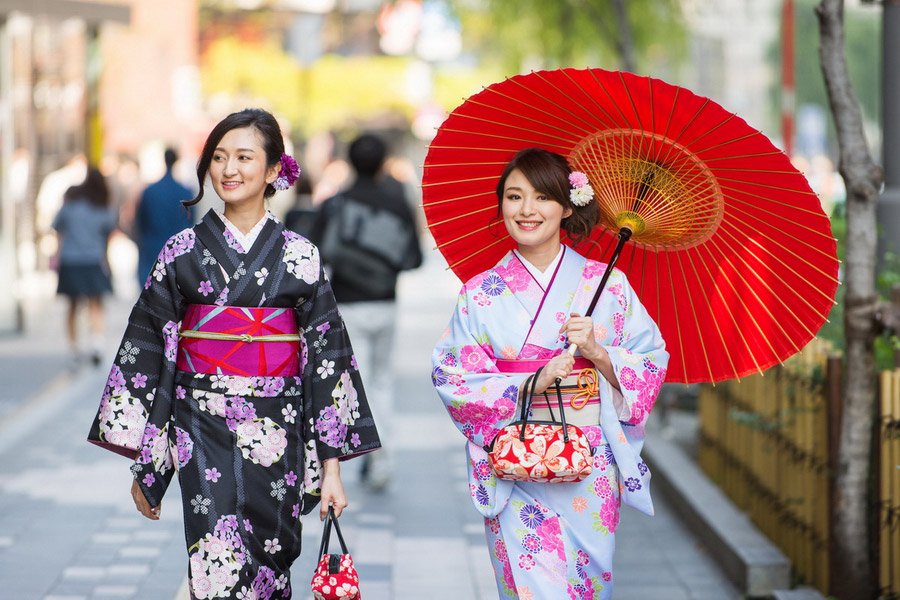
The kimono used to be an everyday garment for men and women. Nowadays, Japanese people wear it only for special occasions, such as weddings or funerals. Yukata is a summer kimono for both genders. People adorned in yukata are a frequent scene during summer festivals. Tourists can rent a kimono or yukata to stroll around the city like a real Japanese.
Landscape Gardening
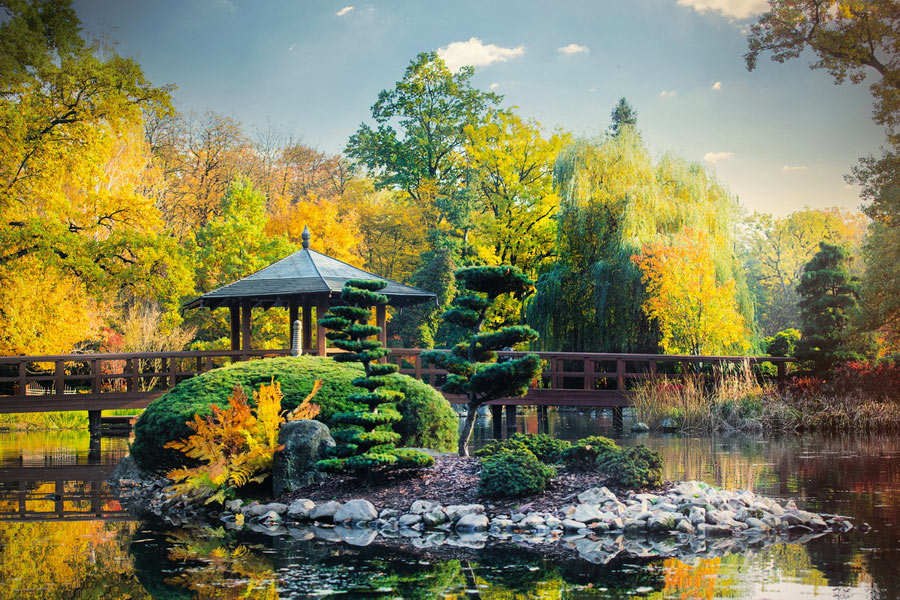
When it comes to landscaping in Japan, Japanese gardens have gained a reputation around the world for being uniquely beautiful. One traveling to Japan will certainly have a chance to witness various design elements like the tea garden, the enclosed garden, the dry landscape garden, and more.
Japanese Theater
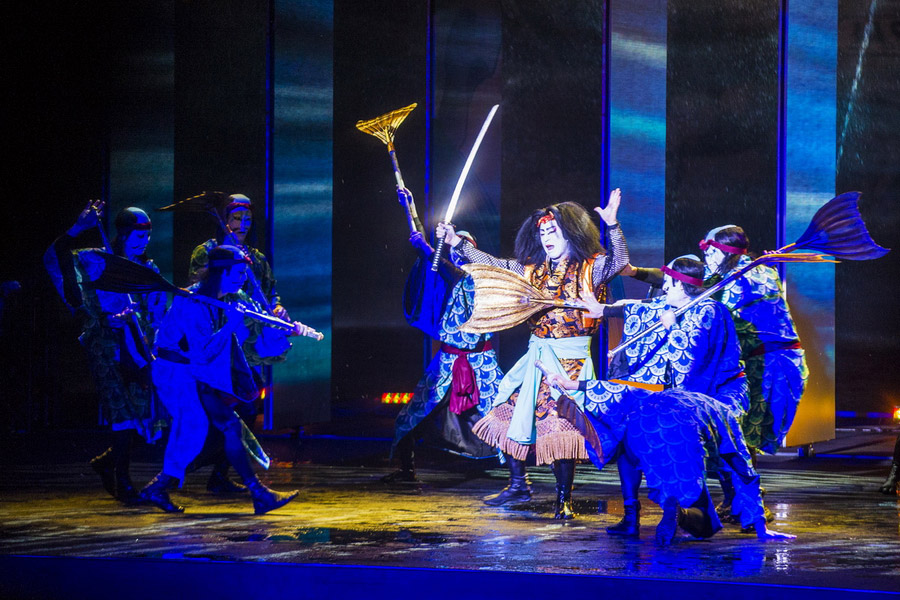
Noh is a traditional Japanese theater, among the oldest in the world. Other traditional theaters are kabuki and bunraku. The country also features modern Western forms of drama known as shingeki, shinpa, and shogekijo.
Poetry

The innate ability of the Japanese to admire nature’s fleeting beauty had a profound impact on Japanese art, including poetry. The most familiar genre of Japanese poetry known to Europeans is haiku. But many don’t know that the latter comes from an older and widespread waka that had been used for a thousand years before the haiku.
Anime

Surprisingly, one of the most famous Japanese cinema genres worldwide, anime, has more international fans than in Japan. Millions of people watch anime daily and learn about Japanese culture and language.
Sazae-san has been broadcasting for half a century. It even holds the Guinness Record for being the longest-running animated show in the world. In 2020, the Demon Slayer: Mugen Train series hit the highest point in all box offices, becoming one of the top-grossing films of all time in Japan.
Manga
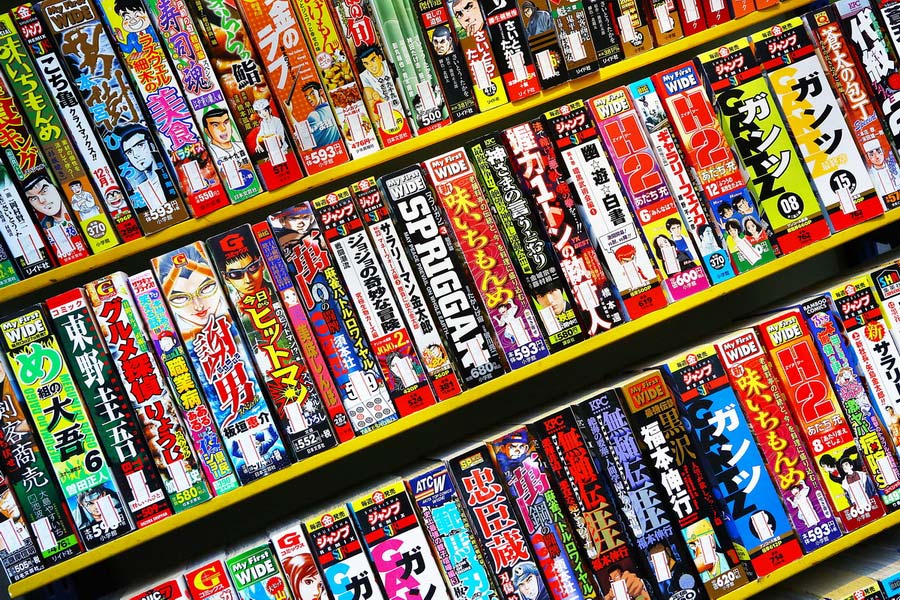
Manga is a Japanese word for comics, a prevalent genre in the modern culture of Japan that reached a 676 billion Japanese yen market as of 2021. Mangas for people of all ages and all walks of life are almost everywhere.
Comics and anime enthusiasts should visit the Kyoto International Manga Museum, including one of the six anime museums in Tokyo. Another buzzing place to delve into the world of anime and manga is the Akihabara Electric Town.
Japanese Traditional Arts and Crafts
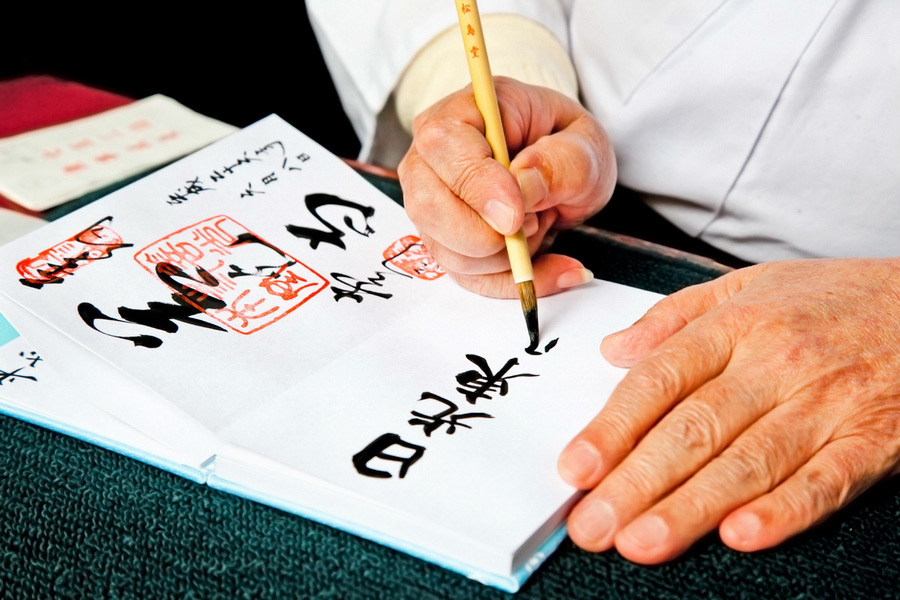
Japanese traditional art covers various styles, from those affordable to add to your souvenir list to those more exclusive. Whether classic art forms, like calligraphy, ink painting, ukiyo-paintings, or traditional crafts of ancient pottery, origami, bonsai, and ceramics, they all reflect the Japanese lifestyle. Tourists can see and explore each of them in Japan. And if you are interested in products from modern-day craftsmen and artisans, be sure they maintain the tradition by upholding the standards passed down from generation to generation.
Japanese Zen Culture
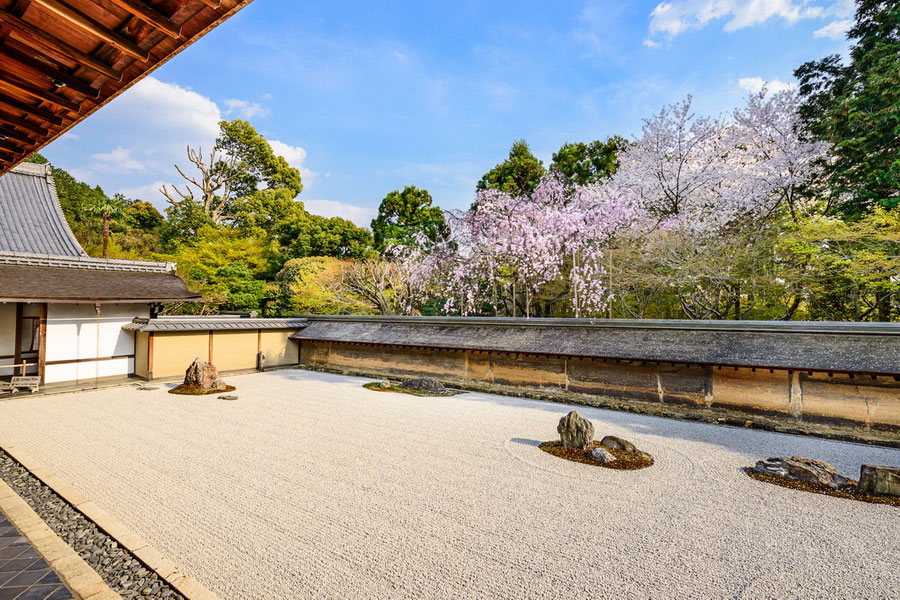
Zen Buddhism is a branch of Mahayana Buddhism that made its way to Japan in the 12th century, thanks to a monk named Eisai. Zen is all about meditation, intuition, and reaching enlightenment through personal experiences.
Tourists can see Zen's influence all over Japanese culture, especially in things like the tea ceremony, flower arrangement, and gardens. These reflect Zen's focus on keeping things simple, finding harmony, and appreciating the beauty of imperfect and fleeting things.
Samurai

The samurai, Japan's ancient warrior class, played a pivotal role in shaping the nation's history, culture, and traditions. Today, tourists can immerse themselves in the world of the samurai and experience their legacy firsthand at various locations across Japan. For example, the Kyoto Samurai Experience allows visitors to dress like a samurai, engage in a tea ceremony, and learn the art of Zen meditation.

